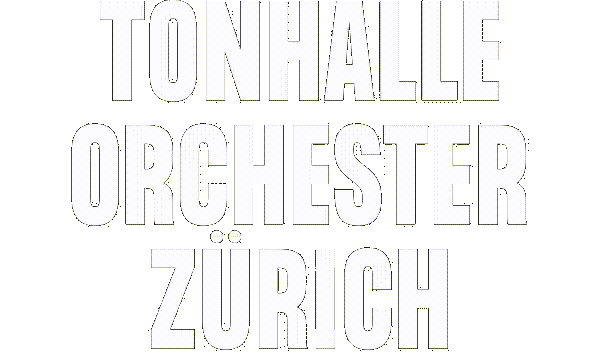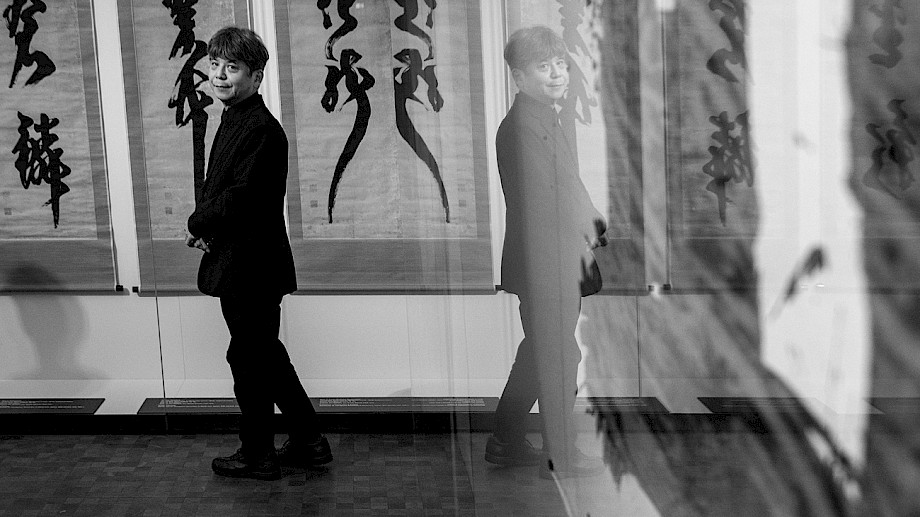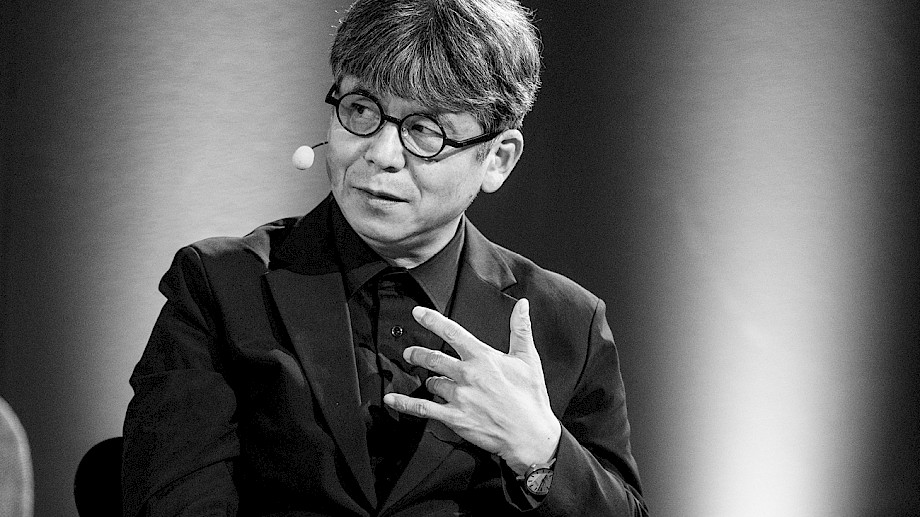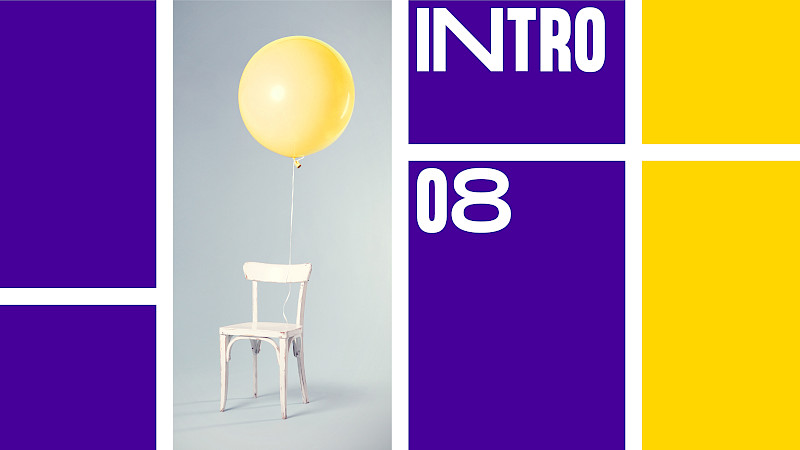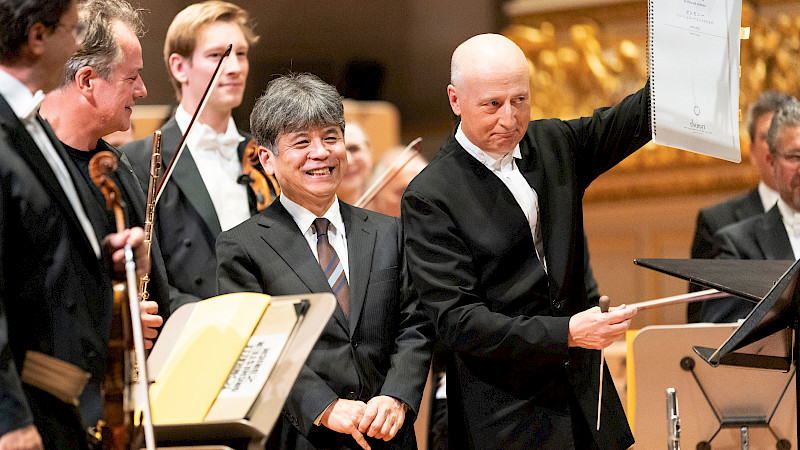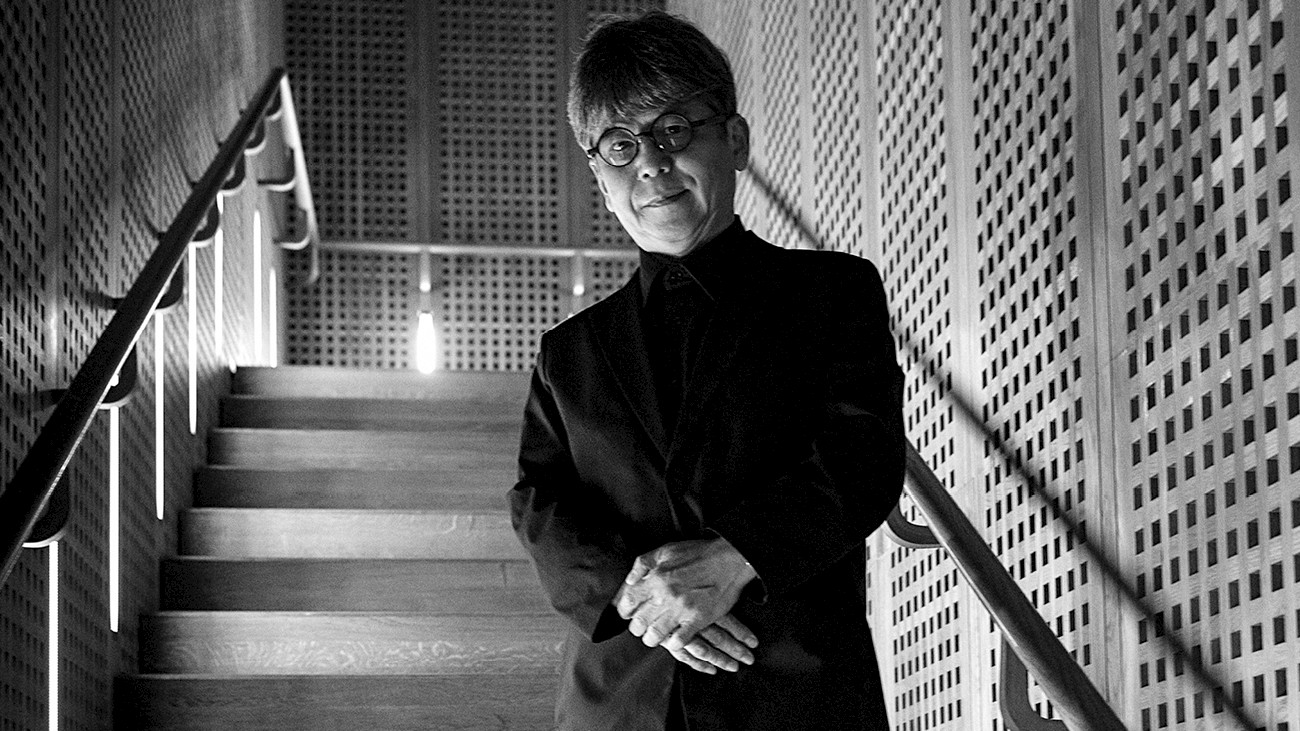
The Elemental Power of Cherry Blossoms
Toshio Hosokawa is the most important Japanese composer of our time. But long before he became that, he was drawn to Germany in the 1970s. Equipped with "new ears", he discovered the musical richness of Japanese traditions for himself and brings it to life in his compositions.
Cherry blossom, ikebana, tea ceremony and gently rustling bamboo forests: You almost can't get more Japan cliché than that. But when Toshio Hosokawa talks about these things, with a coy smile, inquiring eyes and a posture that seems to ceaselessly beg for apology – that's when the magic happens: the supposedly hackneyed exotic idyll turns into something lively, something profound and touching.
The beauty in the distance
"As a teenager, I was completely fascinated by Western classical music, by Beethoven, Mozart and Stravinsky," says Hosokawa. "I was enthralled by the dynamic liveliness and the powerful sound of the large orchestra, as well as the strong emotional expression. My grandfather was a teacher of ikebana, the art of flower arranging; my mother played the koto. I found all that rather boring and stale."
So Toshio Hosokawa left his home in Hiroshima at the age of 20 to experience an unparalleled aha moment in Berlin. At a music festival, contemporary music was performed together with music from Africa, India, Indonesia, Persia and Korea - and also with traditional music from Japan. "I heard music of Buddhism, the ritual chant Shōmyō, the court instrumental music Gagaku and also the Koto music played by my mother. It was then that I first experienced traditional Japanese music as 'music' and found it beautiful. I realised that it was a part of me."
Old traditions and new ears
In Berlin, Toshio Hosokawa took lessons with Isang Yun, who had a decisive influence on his development. For Yun himself had elevated the rediscovery of his roots to a new aesthetic, in a combination of traditional Korean music and twelve-tone – it was the 1970s, after all. "By studying Western contemporary music, my ears changed," says Toshio Hosokawa. They were no longer focused only on the classics of the West and aversion to the musical customs of the parental home, but increasingly opened to the subtleties of Japanese traditions. But that was not enough, decided Klaus Huber, Toshio Hosokawa's second composition teacher in Freiburg im Breisgau. He sent Hosokawa back to his homeland for a research stay. After all, how should a young Japanese composer write a new piece for a gagaku ensemble and Buddhist Shōmyō singers who had never studied this musical custom before?
The encounters from this time still influence Hosokawa today: poets and Nō-theatre drummers, Shō-players and Zen masters – they all left traces in the composer's work.
A Zen master let Toshio Hosokawa participate in his daily training of the mind; for this he practised calligraphy, the art of writing, which is far more than "beautiful writing". Rather, it is about putting oneself in a state of utmost concentration in order to put the characters on paper in one go – observing all conventions and at the same time expressing one's own personality. Later, calligraphy is used for deepening during meditation or is the subject of conversation at a tea ceremony.
The path as a goal
The composer remembers that in his presence the Zen master painted the character DŌ ("Path") on a large white sheet with a large brush. The master explained: "The calligraphic process forms a circular movement. The line visible on the paper is only part of the movement, the invisible part of the movement above the paper is also part of it and is a suggestion of the invisible world."
Calligraphy and cathedrals
In this, Hosokawa recognised his own "path", the path towards his "calligraphy of sound". His teacher Isang Yun had already used the comparison with calligraphy to compare the sound traditions of West and East: "If in the music of Europe it is the sequence of notes that first comes to life, with us it is the note itself that lives. One can compare our tones with brushstrokes in contrast to the line of a drawing pencil."
These are the foundations of two sound concepts: "European composers like Bach and Bruckner tried to create a solid cathedral with music, as it were, in which eternity dwells." Hosokawa chooses his own building substance to be deliberately unstable – and thus also in harmony with religious ideas of Shintoism, for example the ancient idea that man is only a part of nature and that everything returns to the natural cycle: "I want to experience the flow of music as a river. Sound is born and passes away. It cannot exist without the existence of silence."
Schubert and Bamboo Grove
It is the essential questions and themes that Toshio Hosokawa deals with in his compositions through musical means: Becoming and passing, man and nature - over many decades prudently, aiming for harmony. In an essay from 1995, he already questioned the pretension of music: "I harbour the fear that [...] human music is losing its essential naturalness. In the works of contemporary composers, the feeling for the original power of nature has somehow been lost. " In the music of past times, Hosokawa recognises this connection very well: "I love the music of Schubert very much, especially in the music from his last years [...] I feel his music to be the primal words of a human being in deep relationship with nature, with a primal, human song."
Hosokawa's declared aim is to return this "essential naturalness" to music through his compositions. Varieties of this idea are effects of the bamboo flute shakuhachi, which takes us directly into the bamboo grove, or breathing sounds as in the recently premiered work "Ceremony" for flute and orchestra at the Tonhalle Zurich. Here, the Zen master who once instructed Hosokawa while he was meditating enters the scene again: "Breathing out slowly means breathing out until death, and when you breathe in, you return from this point of the
Disasters and cherry blossoms
But the harmony of this always hopeful cycle was shaken: on 11 March 2011, when a tsunami brought the biggest natural disaster in centuries to Japan. "Our lives are closely interwoven with nature, which in Japan is unpredictable. [...] The tsunami also brought home to us how far man has moved away from nature." With "Meditation to the victims of Tsunami (3.11)", Toshio Hosokawa has written a very personal work that only adds to his questions about the essential in life and in music. The title "Meditation" is probably also connected with the hope that there may be a "back to life".
Hosokawa himself recently used the most hopeful image: "In Japan, the beautiful cherry blossoms begin to bloom every year at the end of March. We Japanese rejoice at the blossoming of the cherry trees, but we also love the atmosphere of the time when the cherry blossoms suddenly burst into bloom and within a short time fall off and scatter. The shorter the life of the cherry blossom, the more beautiful it becomes. I find sounds beautiful precisely because they pass away. Our lives also pass after a short time. That is precisely why life is precious." A comforting thought – and from the mouth of Toshio Hosokawa it lacks any banality.
Masterclass with Toshio Hosokawa
Workshops, talks and concert
Zurich University of the Arts ZHdK
Mon 27 / Tue 28 March 2023
More info
